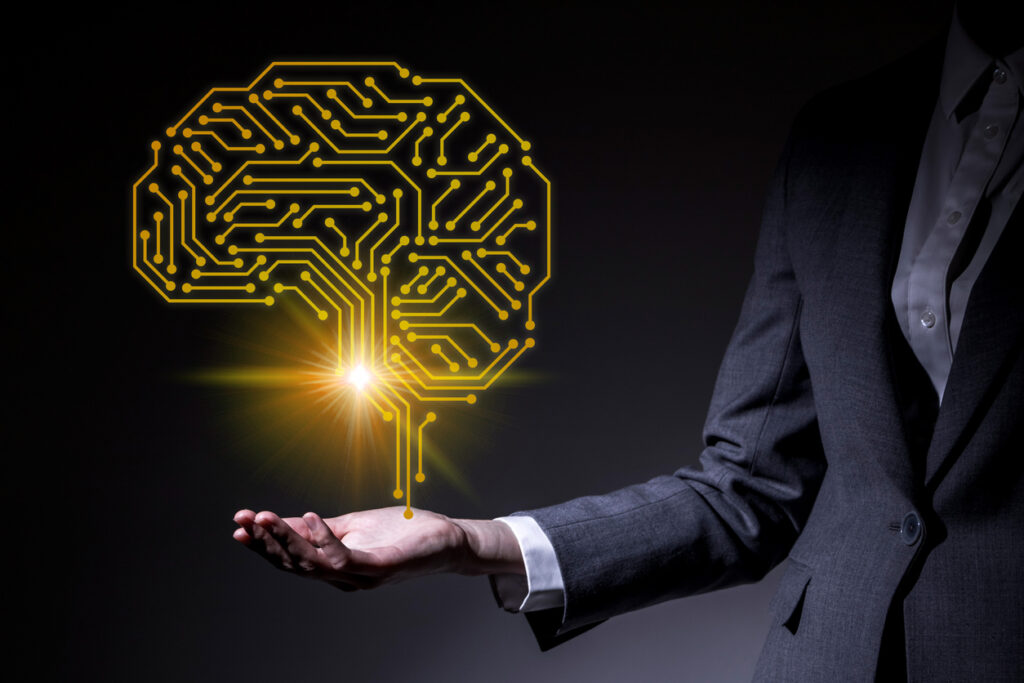Neuroscience has grown in leaps and bounds and we now know that the brain is capable of far more than we ever thought. Not only that, but we are constantly rewiring and retraining our brains every day.
Can findings from neuroscience help learning and development professionals design more effective learning experiences? I think we should definitely be designing for the brain rather than for learning styles.
Even the best and most superbly designed session can be ineffective if participants are allowed to use even the shortest lull in an activity to check email and messages.
That means designing highly experiential and actively engaging learning sessions, whether those are face-to-face or online. Raising awareness is key, so static presentations and lectures will have to play a smaller part of a much richer learning experience.
Neuroscientists believe that emotions are fundamental to learning and that our motivation is driven by emotion. We need to make sure there are more learning experiences where learners can tap into these emotions. That means putting learners’ own experiences at the forefront and heart of training and using these to illustrate specific learning points.
We also know from neuroscience that sustained focus is largely an unconscious process, but it’s essential for learning and creative thinking. We now include mindfulness, focused breathing and brain gym in all of our sessions to optimise this and to encourage ‘whole brain learning’, as well as to ensure regular bursts of oxygen into the brain.
Brain-friendly learning design
Our inability to focus also means designing shorter sessions and making the beginning and the end of a workshop or training session very high impact as we retain those parts of a learning experience best. Rather than having typical 90-minute sessions, the new style of training is ideally short sessions of 20 minutes, followed by a break and then moving into a new activity. Learners also often need help to focus and be present, even during a training session.
Even the best and most superbly designed session can be ineffective if participants are allowed to use even the shortest lull in an activity to check email and messages. All this does is create interruption, inefficiency and it reduces learning.
Learning techniques that have shown to enhance memory formation include elaborating, verbalising, writing and drawing, and sharing learned information during and at the end of a learning session. Interweaving different subject matter categories during a training event enhances the learning process and should be part of all exercises.
Follow-up and ways to apply learning after the training session are also key. Unfortunately, we forget most of what we have learned and delegates find it really hard to apply anything afterwards. This can be vastly minimised through experiential learning and awareness raising, but it still requires a follow-up, whether that’s online or via coaching.
A large inventory of digital learning provides learners with an opportunity to acquire knowledge and develop skills as needed. As a result they can apply and practice new skills directly on the job, making the learning stick.
Interested in this topic? Read Closing the knowing/doing gap: how to use neuroscience to apply learning on the job.
Neuroscience has grown in leaps and bounds and we now know that the brain is capable of far more than we ever thought. Not only that, but we are constantly rewiring and retraining our brains every day.
Can findings from neuroscience help learning and development professionals design more effective learning experiences? I think we should definitely be designing for the brain rather than for learning styles.
Even the best and most superbly designed session can be ineffective if participants are allowed to use even the shortest lull in an activity to check email and messages.
That means designing highly experiential and actively engaging learning sessions, whether those are face-to-face or online. Raising awareness is key, so static presentations and lectures will have to play a smaller part of a much richer learning experience.
Neuroscientists believe that emotions are fundamental to learning and that our motivation is driven by emotion. We need to make sure there are more learning experiences where learners can tap into these emotions. That means putting learners’ own experiences at the forefront and heart of training and using these to illustrate specific learning points.
We also know from neuroscience that sustained focus is largely an unconscious process, but it’s essential for learning and creative thinking. We now include mindfulness, focused breathing and brain gym in all of our sessions to optimise this and to encourage ‘whole brain learning’, as well as to ensure regular bursts of oxygen into the brain.
Brain-friendly learning design
Our inability to focus also means designing shorter sessions and making the beginning and the end of a workshop or training session very high impact as we retain those parts of a learning experience best. Rather than having typical 90-minute sessions, the new style of training is ideally short sessions of 20 minutes, followed by a break and then moving into a new activity. Learners also often need help to focus and be present, even during a training session.
Even the best and most superbly designed session can be ineffective if participants are allowed to use even the shortest lull in an activity to check email and messages. All this does is create interruption, inefficiency and it reduces learning.
Learning techniques that have shown to enhance memory formation include elaborating, verbalising, writing and drawing, and sharing learned information during and at the end of a learning session. Interweaving different subject matter categories during a training event enhances the learning process and should be part of all exercises.
Follow-up and ways to apply learning after the training session are also key. Unfortunately, we forget most of what we have learned and delegates find it really hard to apply anything afterwards. This can be vastly minimised through experiential learning and awareness raising, but it still requires a follow-up, whether that’s online or via coaching.
A large inventory of digital learning provides learners with an opportunity to acquire knowledge and develop skills as needed. As a result they can apply and practice new skills directly on the job, making the learning stick.
Interested in this topic? Read Closing the knowing/doing gap: how to use neuroscience to apply learning on the job.





